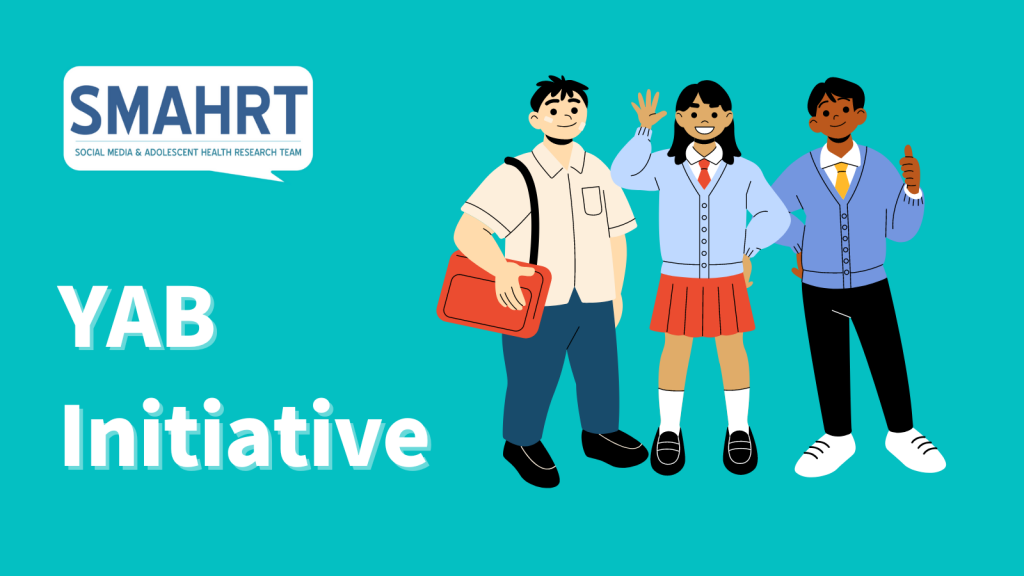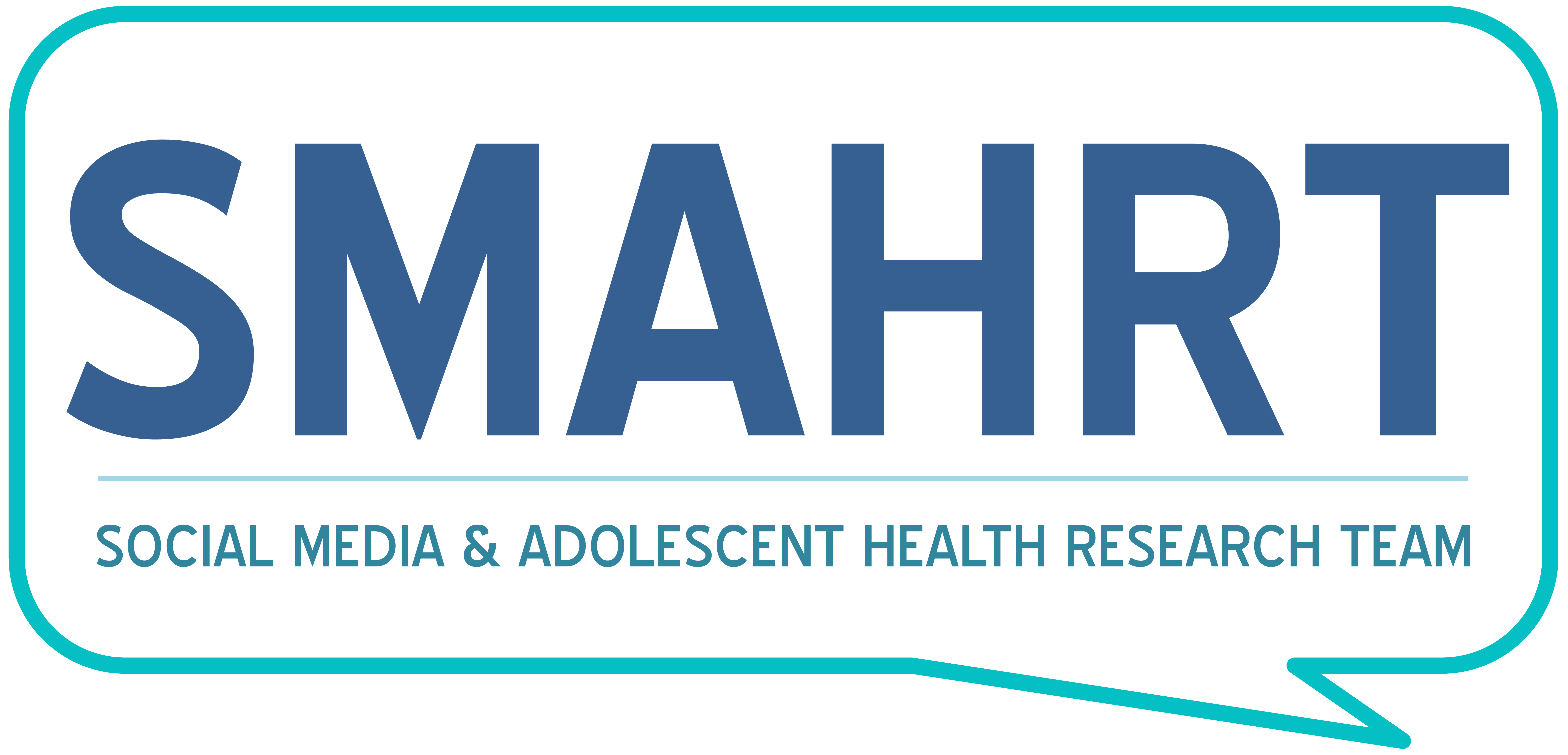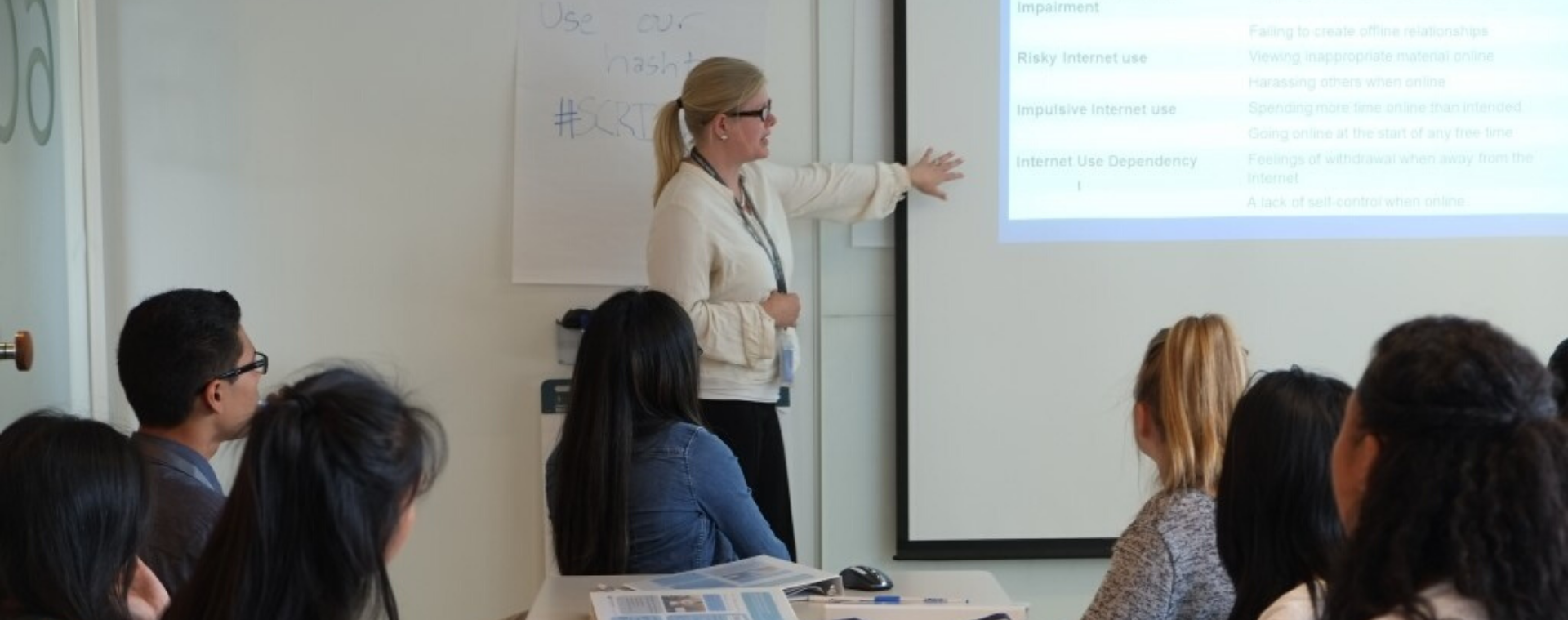
Written by: Meisi Li
According to UNICEF, today about 16% of the world’s population is comprised of adolescents, more than ever before. At the same time, the world faces an unprecedented number of risks for adolescents, a need for more diverse voices, and opportunities for great creative potential from youth. A Youth Advisory Board (YAB) provides a space for these risks, voices, and potential as an important way for adolescents to engage in discussions about scientific research and social issues.
Different organizations can benefit from working with youth based on their themes and goals by regularly listening to youth suggestions on relevant issues or projects. Want to know more about why YABs are so important? This article provides seven insights into the importance of YABs from the perspective of board organizers, especially those in research.
1. YABs are consistent with society’s goal of developing decent citizens. UNCRC Article 12 states that adults should take children’s voices seriously and consider their evolving capacities. Some analyses suggest that using the right to express and be heard during maturation facilitates the realization of all rights and prepares children and adolescents for active social participation later in life. A YAB creates a space for adolescents to express their views and know that what is said matters and will be understood.
2. YABs reduce the distance between the research team and the public, and increase the visibility of the research. YABs help to break the misconceptions that scientific research is inaccessible and allows adolescents to realize that every insight or suggestion they have has the potential to turn into an important research question. The adolescents’ willingness to share their experiences makes it likely that the YAB will serve as a bridge between the team and the public.
3. YAB members can share new insights with the team. With the rapid growth of the internet and various social movements in recent years, adolescents growing up amidst these trends can help academics explore potential research opportunities and keep researchers updated with changes. On the Social Media and Adolescent Health Research Team (SMAHRT) for example, YAB members help researchers better understand important social media topics such as, TikTok and Snapchat, which have emerged in recent years.
4. A YAB can increase the realizability of research and maximize the use of research results. Every research project requires considerable time, effort, and resources, so researchers want to maximize their research results and contribute to real-world problem-solving. In addition to providing new ideas for proposed projects in the early stages, youth involvement in ongoing projects or reflection and discussion of completed projects is also valuable. Especially for adolescent health-related research, YAB members’ suggestions can help place ongoing or completed projects in the actual context.
5. A YAB helps achieve team sustainability and provides career development opportunities for participants. Most research teams are optimistic about adolescents who have participated in their YAB formally joining the team at a later stage. Because YAB members are more familiar with the organization’s research focus and structure, and have been exposed to the process of conducting research through their involvement in the YAB. This sustainability allows for continuity and greater efficiency in team research, and youth participants also gain a more stable academic and career development, which is a mutually beneficial process.
6. A YAB increases the cultural background and diversity of the team. In recent years, the academic community has placed more emphasis on providing opportunities for traditionally underrepresented groups. Along with this awareness, YAB is highly likely to increase team diversity in multiple dimensions such as ethnicity, gender, and age or experience. A diverse perspective makes it possible for research projects to fully consider the potential directions and possible limitations.
7. Communication and information sharing among YABs can advance adolescent health research. There are many YABs across the country with different themes and organizational structures, ranging from social movements to scientific research, from local communities to national recruitment of members. YABs with the same goals can likewise have different research focuses. In the case of the SMAHRT-sponsored YAB Initiative, 14 YABs across the country are closely focused on youth health-related topics, but each has its focus, such as the field of medicine, gender minority groups, racial discrimination, etc.

